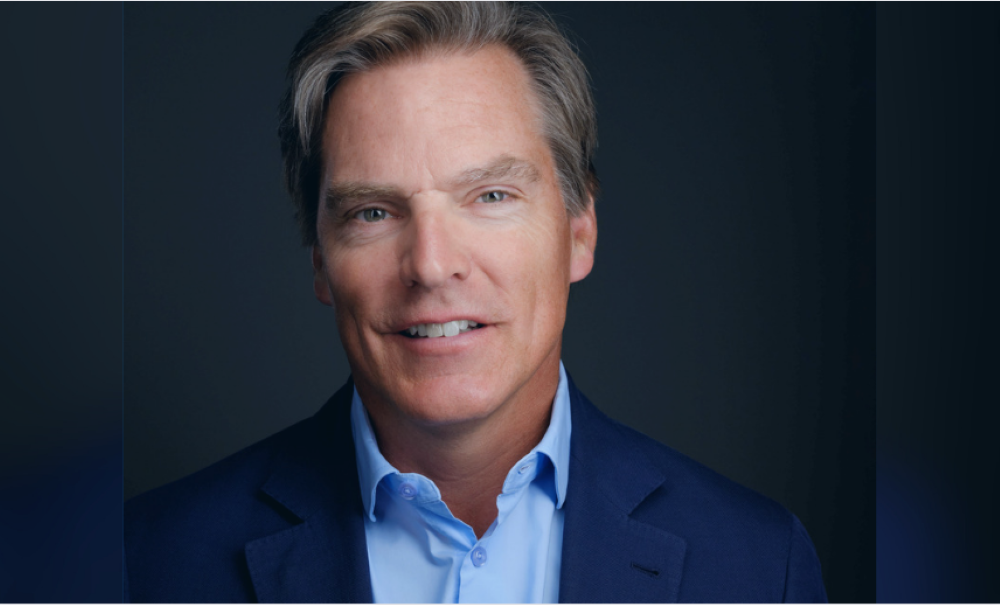A case for alts consideration from the managing director at YTM Capital

Kevin Foley is a Managing Director, Institutional Clients at YTM Capital. YTM Capital is a Canadian asset manager focused on “better fixed income solutions” specializing in Credit and Mortgage funds. Kevin is the former Head of Credit Trading, Syndication, Sales and Research at a major Canadian bank. Kevin sits on (3) Canadian Foundation Boards and Investment Committees.
Too many investment professionals purport to be acting in the best interests of their clients yet they neglect to embrace the evolution in investment solutions, thereby failing to meet the function and spirit of their fiduciary title. Part of their neglect is the slow adoption of alternative investments, or alts. It’s as if Bell Telephone neglected to evolve into internet and wireless telecommunication.
Investopedia defines a fiduciary as a person or firm that acts upon behalf of another. It speaks to acting ethically and legally “in the other’s best interest”, delivering “a prudent person’s standard of care”, without “conflict of interest”. It says that the prudent person standard does not require a person with a fiduciary responsibility to have extraordinary expertise, however, the prudent-person rule sets a reasonable expectation that the person will make rational, intelligent decisions when making investment choices on behalf of the client.
Far too often, I hear name brand, purportedly best-in-class retail and institutional investment advisors say they “haven't yet approved alternative assets for use in client portfolios”. To me, that’s as logical as selling a new car with a CD-player. Both mid-level operational staff and company executives invoke the "glacial pace of change" excuse, or the "our clients haven't asked for it" rationalization when pressed about alts. They seem to believe that their staid solution, often limited to stocks and bonds and maybe real estate or infrastructure, is a sufficiently diversified portfolio and reasonably in their client's best interest. Not optimal, but potentially passable.
Are they meeting their fiduciary standard? Do they think their service is reasonable because regulation has yet to demand more of their duty? Do industry regulators see the value of alts in a portfolio? Are they “still in the process of assessing” the alts data that has proven portfolio benefits? Are they too cozy with their internal asset managers or their long-standing manager relationships? Or maybe clients don’t know enough about alts, or to walk away from the dinosaurs with non-extraordinary expertise.
I happen to despise the term alternative investment, or alts. The catch-all phrase describes nothing about the various distinct and effective investment exposures and their benefits. Like the unfortunate ESG label (a topic for another day), ‘alts’ mashes together unrelated strategies into a category that can't be applied effectively. The unfortunate term, which may have been useful fifteen or twenty years ago, could now be described as dismissive and indeed a hindrance to optimal performance.
There are good and bad alternative investments and alts managers, but the last few years have demonstrated that stocks, bonds, real estate, and infrastructure aren't always the be-all either. The change in historically negative correlation between stocks and bonds also demands an asset allocation refresh. We need the best of the new and the best of the old. Distinct exposures to develop an optimal personalized portfolio. It is time to retire the dismissive and unhelpful alts moniker and focus on profiling the specific benefits of these investments. Many alts strategies have proven to deliver coveted; uncorrelated exposures, risk mitigation, diversification, low volatility, absolute return, and risk-adjusted return. It is time that fiduciaries, asset allocators and investment committees fully embrace these useful investment exposures to optimize a portfolio, and for investors to demand it.
For example, according to the monthly Global Manager Research Alternatives Report, the Picton Mahoney Canadian Long/Short Equity Fund returned 9.63% in the last year and 10.17% per year over five years, well ahead of the TSX, with substantially less volatility. The Northleaf Senior Private Credit Fund returned 16.38% in the last year and 10.6% over five years with a very reasonable standard deviation of 8.42. The YTM Capital Credit Opportunities Fund has returned 11.89% in the past year, and its 6.26% return since inception tops all traditional Canadian fixed income funds, with low volatility. In addition to absolute returns, these are the types of alts that improve total portfolio risk metrics through differentiated return profiles, by delivering strong risk-adjusted returns and by lowering correlation metrics.
Alts often increase portfolio returns while decreasing risk. They diversify and can deliver very specific portfolio exposures, while helping to balance portfolio liquidity and illiquidity. Many proven alts managers have evolved from the traditional “core”, “balanced” and "long-only" investment solutions, building new tools, models, and styles to deliver desired exposures and eliminate undesired ones. These alts, along with the proven traditional investments, make up the new standard that I require of my extraordinary fiduciary, and the industry should too.
It is only anecdotal evidence, but I have personally experienced the benefits of alts in several foundation portfolios, in my day job focused on credit and mortgages, and in client portfolios. So-called alts have absolutely saved many portfolios from ruin over the last few years, enabling effective returns with very reasonable volatility. Many alts produced essential return while ‘traditional investments’ stumbled. They enabled fixed income investing to be divided into rates and credit investments, which has proven crucial to many portfolios during the past few years. Private Equity has made a big difference. Infrastructure has largely done its thing. Agriculture was a welcome portfolio addition, while traditional fixed income has been absolutely hammered and continues to be shockingly volatile, and while diversifying away from public equity exposure has bordered on therapeutic.
Why are fiduciaries ignoring alts?
Why aren't more retail and institutional investment management professionals embracing alts? We see evolution in all parts of our lives so why not from more investment managers who oversee billions of dollars? Is it because investors are uneducated, and markets have become confusing? Is it because the consultants who found this investment management panacea needed to create scale and rip out costs to offer the lowest price? It is because a fiduciary investment advisor feels like they can’t go too far wrong if they only use the big-name managers? Are the oversight committees so bogged down by red tape to make this obvious change?
Volatile markets and the resurgence of important themes like inflation, along with global events, demand a better risk vs reward portfolio. For example, I am involved with a fixed income-alt that is ahead of the flagship fixed income ETF by 10% year-to-date with a lower risk profile. 10% in fixed income! One might expect that results alone would drive investment advisors. Look what Starbucks has done to the menu at your local coffee shop – it ain’t just drip coffee anymore!
There is sufficient data available for the fiduciaries to know what good alternative investments have done for returns and portfolio effectiveness. Alts enable more effective tailoring of portfolios for the desired portfolio exposures or helpful risk-mitigators. In a recent WealthProfessional.ca article I discussed the new Fixed Income bucket, which is no longer only bonds but includes real estate and infrastructure and specific exposure to credit which is separate from duration, and mortgages and private debt and high yield. The other part of the portfolio has evolved too, into more than just stocks, to include domestic, US, global and small-cap equity investments, private equity, agriculture, commodities, and hedge fund strategies. A portfolio may also choose from quant strategies, crypto, venture capital, or managed futures.
If the quarterly report from your fiduciary simply lists something akin to stocks, bonds, real estate and maybe infrastructure, it is probably time to ask them to be a little more extraordinary? Maybe it’s time for alts, or can we call them essentials now?



